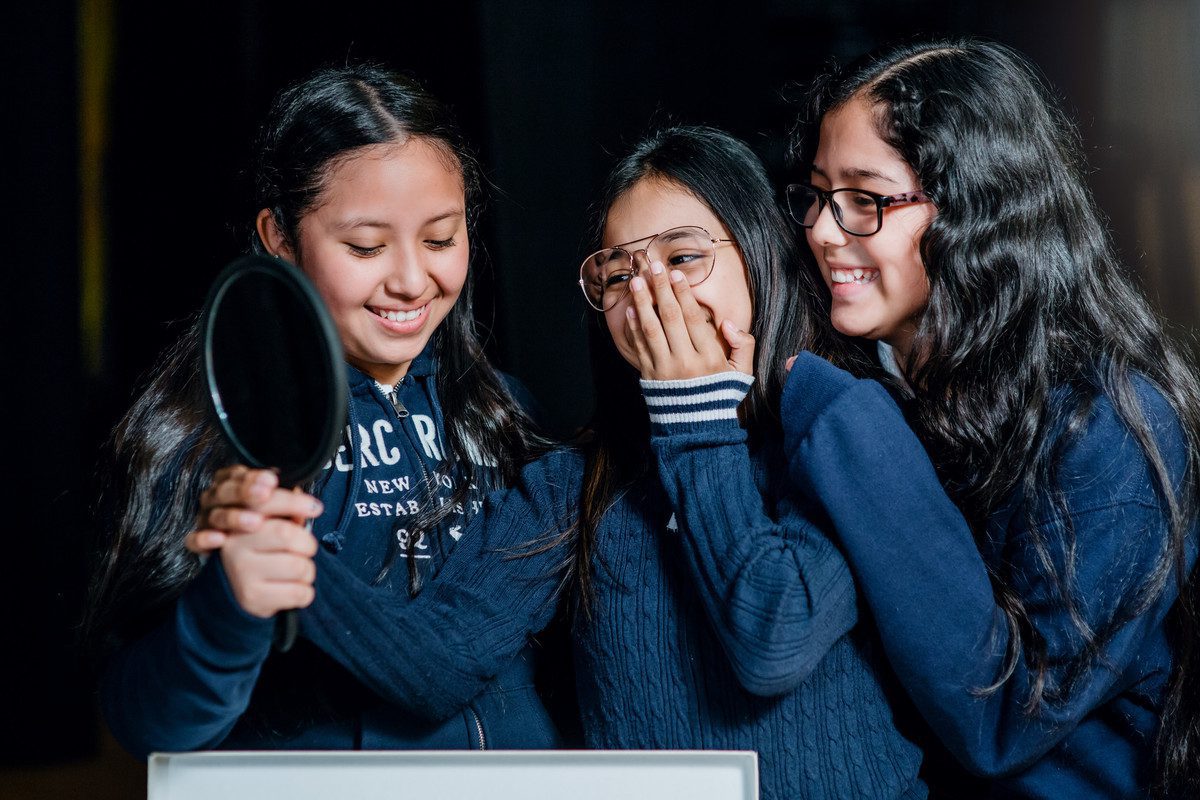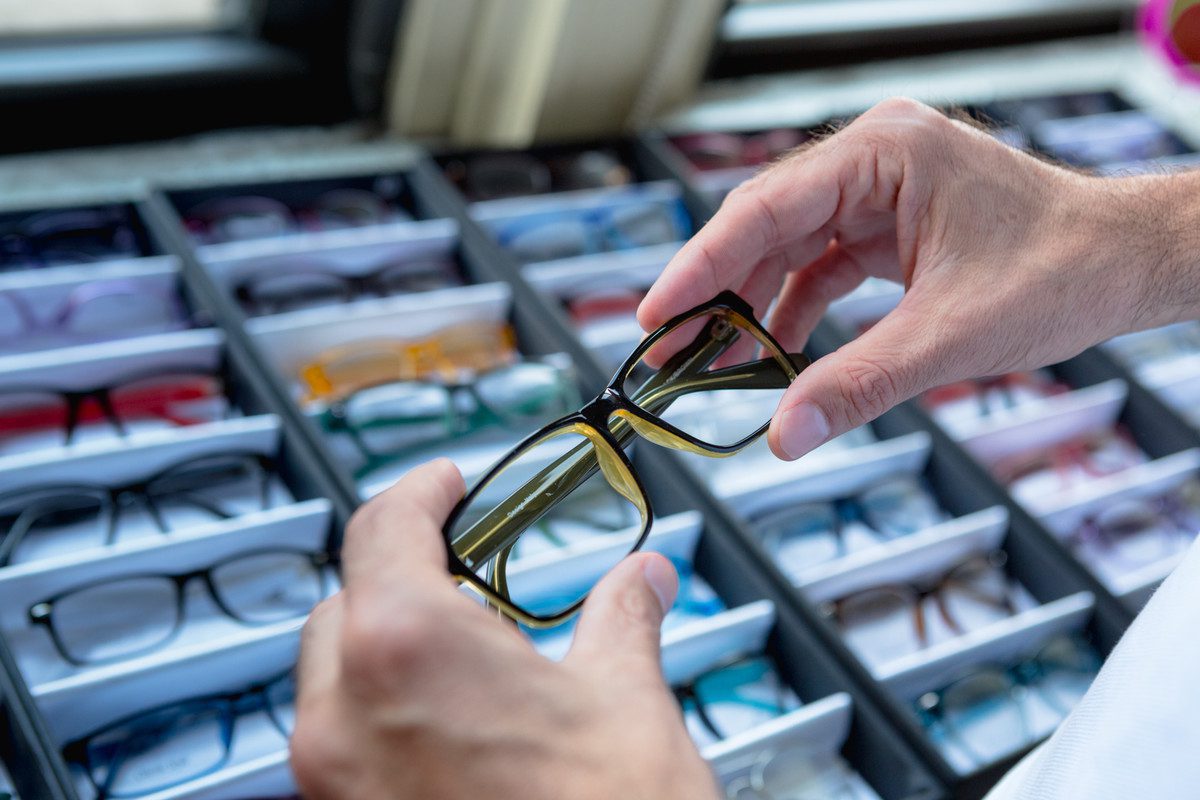Protecting Vision in the United States
Approximately 1 in 4 children living in poverty has unmet vision needs.
Routine, comprehensive vision care is a standard part of preventive health that is recommended regardless of age, gender, race, or socio-economic status. Despite this, as many 4 million children and 12 million adults in the United States suffer from impaired vision due to uncorrected refractive error. Combining refractive error – nearsightedness, farsightedness, and astigmatism – with more serious eye disorders such as amblyopia (lazy eye) and strabismus (eye turn), vision loss is the single most prevalent disabling condition in the United States.
80% of how we learn, understand, and achieve is through our eyes.
For children, the ability to see well is integral to the learning process and significantly impacts their chances of success at school and in life. Without clear vision, they struggle to see the board or computer, learn, and fully engage with their teachers and peers. They are more likely to be held back in school or misdiagnosed with learning disabilities, experience cognitive development delays, and social and emotional delays that can result in isolation or frustration.
Children who cannot see the board cannot learn.
– Lisa Overdeck, Overdeck Family Foundation

Quality of life of life among adults is also severely impacted by vision loss. Visually impaired adults often have lower rates of workforce participation and productivity and higher rates of depression and anxiety. For senior citizens, vision impairment can contribute to social isolation, difficulty walking, a higher risk of slip-and-fall incidents, and a greater likelihood of early loss of independence.
With clear vision directly tied to success in the classroom, workplace, and homelife, lack of access to eye care exacerbates inequalities that contribute to the ongoing cycle of poverty.
Helen Keller Intl seeks a future where vision services are accessible to everyone.

42 states require regular vision screenings for students, but many school districts are unable to secure the budget to screen the youngest members of society. For just $50 a student, Helen Keller bridges this gap by partnering with schools to reach every child with a vision screening, and when needed, a pair of prescription eyeglasses.

Working in California, Minnesota, New Jersey, and New York, Helen Keller’s vision team helps eliminate the primary barriers to vision care for vulnerable children and adults: access and expense. In addition to partnering with schools, we strive to reach vulnerable children and adults where they are – in community-based service programs, homeless shelters, and public housing.
Our licensed optometrists go directly into schools and community-based organizations to provide on-site vision screenings. Within weeks, those needing their vision corrected are provided with fashionable eyeglasses that recipients of all ages are excited to wear. And if glasses are lost or broken, we replace them, at no cost to students or their families. We also provide a smaller percentage of program participants with referrals to an ophthalmic specialist when their eyes require more significant medical treatment.
